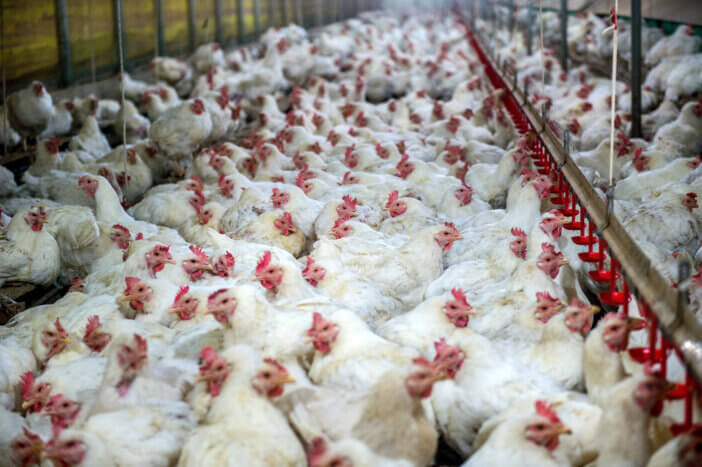4 Stunning Methods in Halal Slaughter to Ensure Ethical Meat Choices
Understanding stunning methods before slaughter is crucial for animal welfare, ethical treatment, and food safety, especially for Muslim consumers following Halal standards.

The meat industry impacts all aspects of our lives, regardless of our dietary preferences. This article focuses on the importance of understanding the process of stunning animals before slaughter. We’ll discuss different methods, their implications, and why they matter to Muslim consumers who follow Halal standards. Understanding these practices is crucial for animal welfare, ethical treatment, food safety, and consumer choices.
Editor’s Note – This blog post does contain information and media that may be uncomfortable for some readers.
Disclosure: As an Amazon Associate, this site earns from qualifying purchases. Thank you!
1. Pneumatic Stunner
A pneumatic stunner is a device used in many modern slaughterhouses. It operates using compressed air to deliver a forceful blow to the head of the animal, rendering it unconscious. This method is most commonly used on larger animals such as cattle and pigs. When applied correctly, a pneumatic stunner quickly induces unconsciousness, minimizing the animal’s suffering and stress.
2. Captive Bolt Pistol
The captive bolt pistol is another common method of stunning. It works by firing a bolt into the animal’s brain, causing immediate unconsciousness and ideally, death. This method is widely used because it is quick, efficient, and less stressful for the animal than some alternatives. However, it requires precision and skill to ensure it is effective and humane, as incorrectly applied stunning can lead to unnecessary suffering.
3. Electric Water Bath

The electric water bath is primarily used for poultry. Chickens are hung upside down by their legs on a conveyor belt that moves them through an electrified water bath. This method induces unconsciousness and possibly even death. While this is a widely used method, there are concerns about its effectiveness and the potential stress it causes the birds, especially if the voltage is not correctly calibrated.
4. Electric Brain Stunner

The electric brain stunner is a device that applies an electric current through the animal’s brain, causing immediate unconsciousness. It is often used for pigs and sheep. Like other stunning methods, it requires skill and precision to ensure it is applied effectively and humanely.
Reversible and Irreversible Stunning Methods
Reversible Stunning Methods

Reversible stunning methods induce unconsciousness without causing immediate death. These methods include electric stunning and gas stunning. The goal is to cause the animal to lose consciousness so it does not experience pain during slaughter. However, the animal would regain consciousness after some time if not slaughtered. Therefore, the slaughtering process must be carried out swiftly after stunning to prevent the animal from regaining consciousness.
Irreversible Stunning Methods
Irreversible stunning methods, such as captive bolt stunning or gunshot, cause brain damage that leads to the animal’s death. The advantage of irreversible methods is that they ensure the animal will not regain consciousness before dying, thus minimizing the potential for suffering. However, these methods are more likely to cause immediate death and therefore, may not be suitable for cultures and religions that require the animal to be alive at the time of slaughter.
Implications for Muslim Consumers

For Muslim consumers, the issue of stunning has significant implications. Islamic law requires that animals be alive and healthy at the time of slaughter, a requirement that can conflict with some stunning methods, particularly those that are irreversible.
Although some scholars and organizations accept reversible stunning, others reject all stunning forms. Therefore, Halal slaughterhouses and Muslim consumers must understand the differences between stunning methods and their implications.
Understanding the legal status of stunned animals is also important for Muslim consumers. In many countries, regulations require stunning before slaughter to ensure animal welfare. However, exemptions are often granted for religious slaughter. Despite these exemptions, controversies and misunderstandings can arise.
Thus, being informed about the nature of stunning and its implications for Halal slaughter is essential for Muslim consumers and communities.





